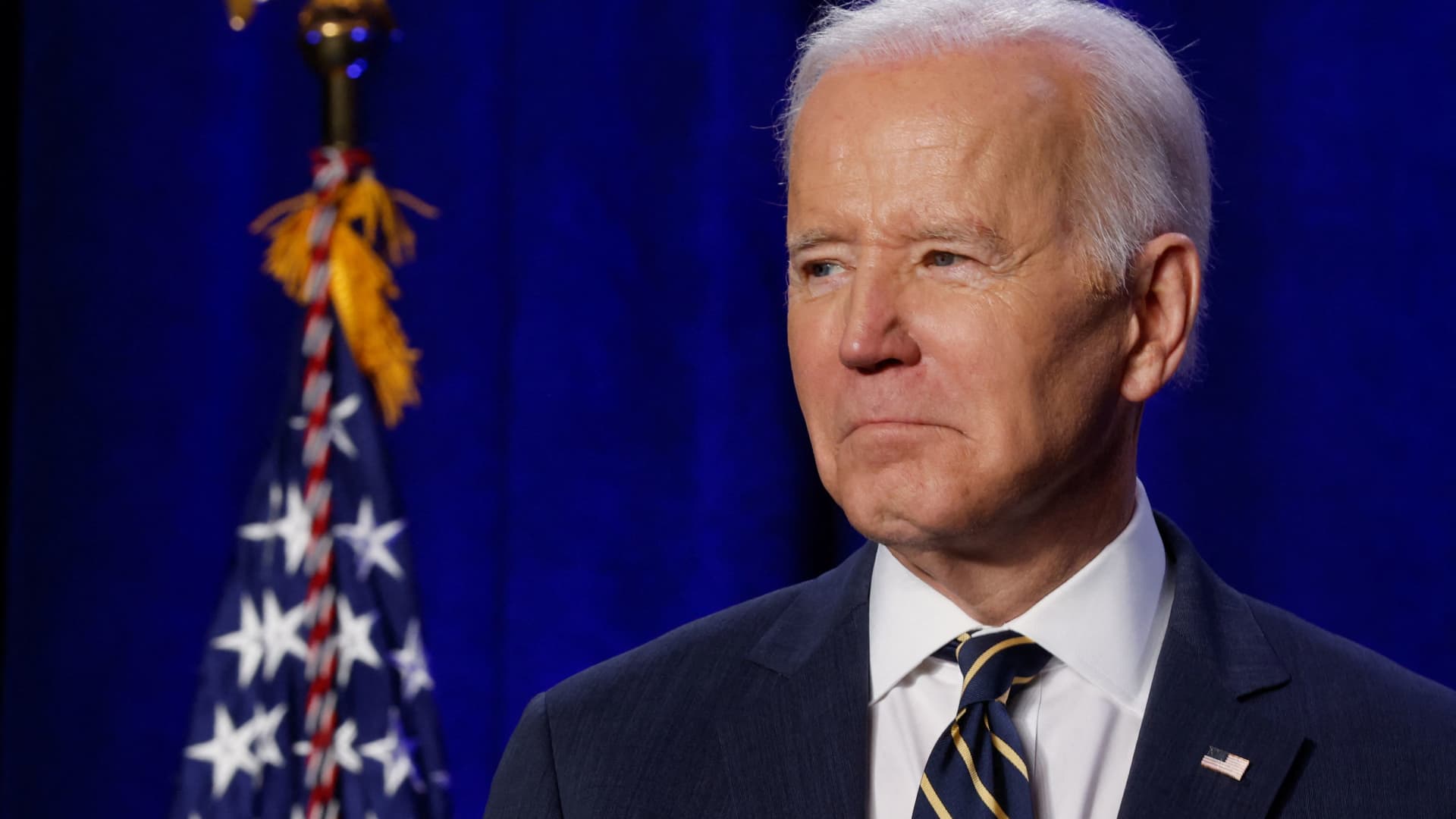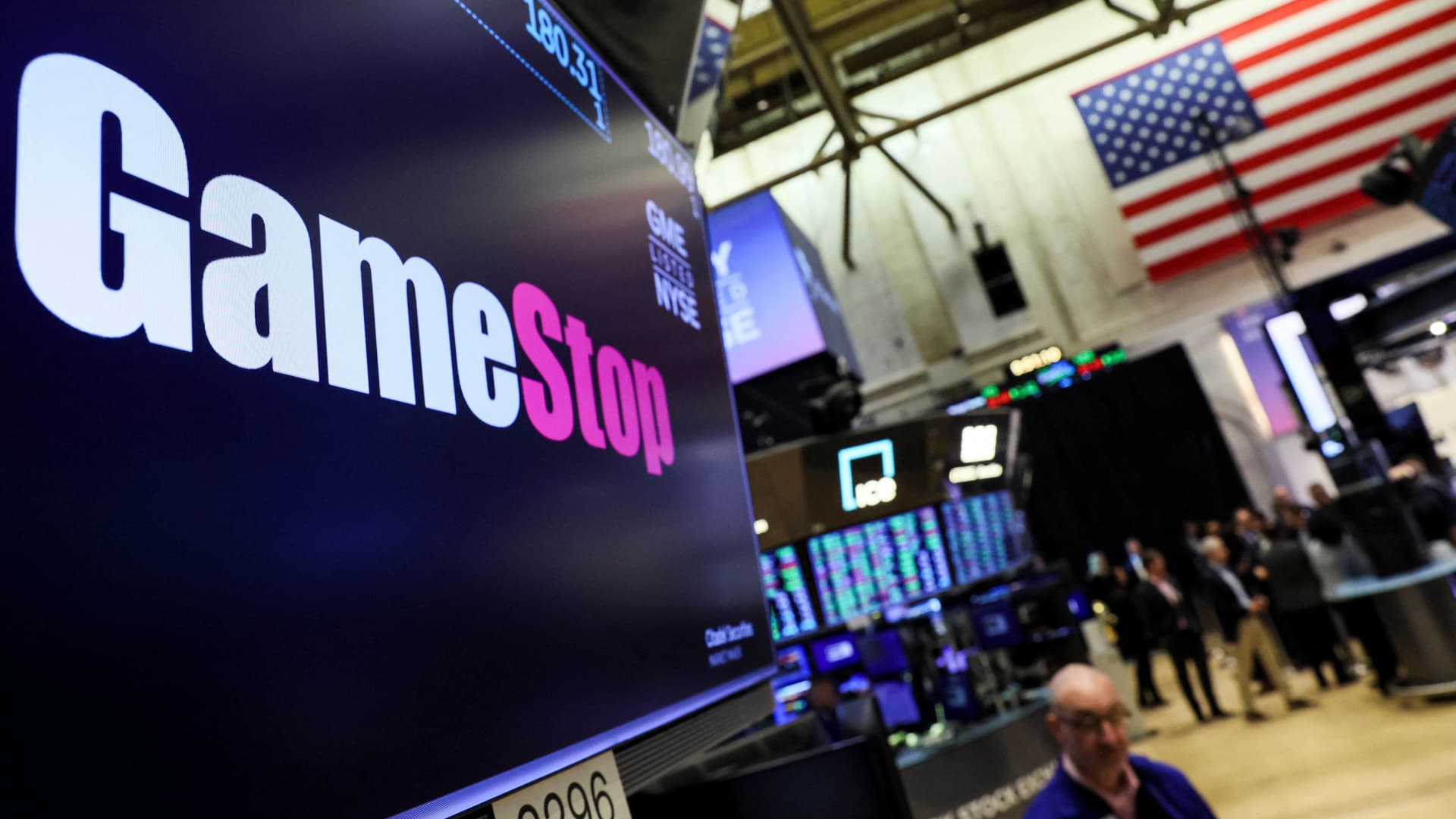China and India lead the charge as digital wallets overtake cash and cards in Asia
Consumers in Asia-Pacific are the biggest users of digital wallets as physical cards and cash usage continue to decline, according to the a report by Worldpay.

Consumers from China and India were the biggest users of digital wallets for both online and physical sales.
D3sign | Moment | Getty Images
Digital wallets are the fastest growing payment method in the world, and Asia is leading the charge, according to the latest report by payments processing firm Worldpay.
Globally, digital wallets accounted for 50% of e-commerce purchases and 30% of in-store purchases in 2023, accounting for $14 trillion in transaction value. That figure is expected to hit $25 trillion by 2027, the report showed.
Consumers in Asia-Pacific are the biggest users of digital wallets as physical cards and cash usage continue to decline.
Last year, 70% of online payments and 50% of in-store payments in Asia-Pacific used digital wallets — the highest among all the regions.
Total spending in the region for digital wallets — which include both e-commerce purchases and point-of-sales trade (POS) — amounted to almost $10 trillion in 2023, led mostly by China.
Worldpay defines "point-of-sales" as payment in brick-and-mortar stores.
In comparison, digital wallet spending in Europe accounted for just 30% of e-commerce transactions and 13% of physical payments. While in the U.S., digital wallets usage made up for 37% of online sales and 42% of physical spending.
"Apart from convenience, the biometric technology in a digital wallet that enables payment only with your face or thumbprint gives a larger sense of safety and security," Phil Pomford, general manager for Worldpay's e-commerce team in the Asia-Pacific region, told CNBC.
"Clearly your phone can get stolen, but nobody can use your card without facial recognition, but your physical card can be stolen and used through contactless payment," he added.
The survey was conducted in 40 markets in Asia-Pacific, Europe, Middle East and Africa, as well as North America and Latin America.
Asia leads the way
Asia-Pacific consumers' use of digital wallets for e-commerce payments is set to grow to 77% and 66% for in-store purchases by 2027, even as usage of cash and cards continue to dwindle among consumers worldwide.
China was the global leader in 2023, as 82% of e-commerce spending and 66% of physical purchases were made with digital wallets, totaling to around $7.6 trillion worth of transactions.
Many people in China no longer have a physical wallet in hand and they leave the house only carrying their mobile phone.
Phil Pomford
Worldpay Asia-Pacific
"China's payment market is overwhelmingly led by three ubiquitous payment brands: the digital wallets Alipay and WeChat Pay, and the card network UnionPay," the report said.
By 2027, 86% of e-commerce and 79% of in-store sales in China will be transacted using digital wallets, the report predicted.
"Many people in China no longer have a physical wallet in hand and they leave the house only carrying their mobile phone," said Pomford.
India, the world's most populous country with the largest youth population, isn't trailing too far behind.
More than 50% used digital wallets to pay for online and in-store purchases last year, and the country's home-grown Unified Payments Interface (UPI) was one of the most popular transaction apps.
Digital wallet usage for both online and brick-and-mortar store sales are expected to continue being the main payment option in India, dominating more than 70% of total sales by 2027, Worldpay projected.
In Asia, credit cards still have a stranglehold in developed economies like Japan (57%), South Korea (56%) and Singapore (42%). However, developing countries like Indonesia (40%), the Philippines (34%) and Vietnam (36%) prefer digital wallets to other modes of payment.
"Many of these markets have a fairly large unbanked population. And so the ability to suddenly have this digital payment method on a mobile phone obviously took off extremely fast over the last couple of years," Pomford explained.

 JaneWalter
JaneWalter 
































